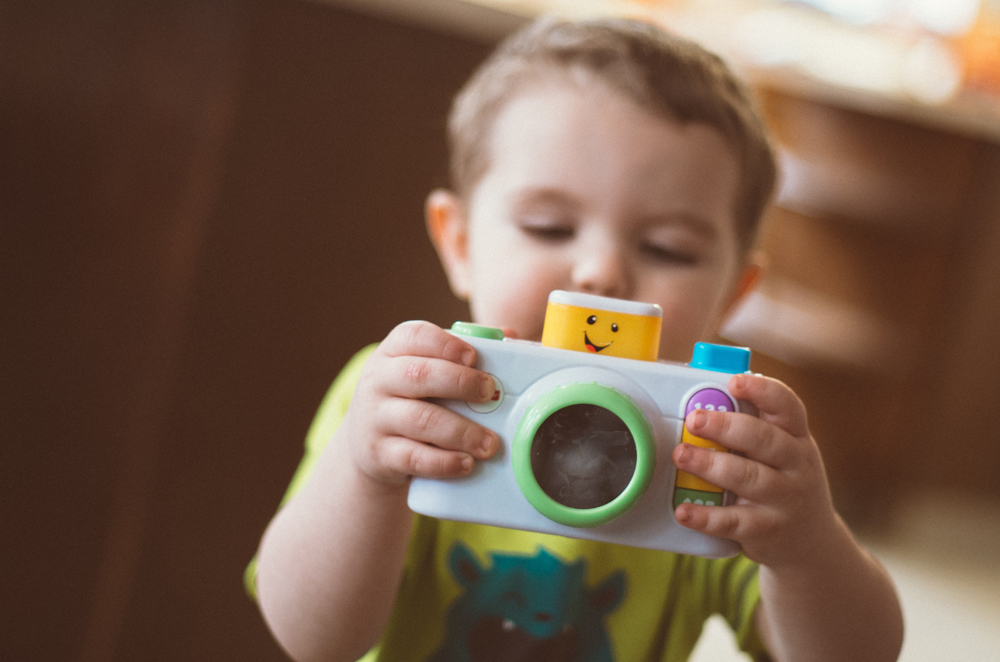Your learning style refers to the way in which you most easily and effectively absorb, process, comprehend and retain information (‘Learning Styles’ 2018).
In Part 1 this series, we introduced learning styles and how your child’s dominant style determines the types of experiences they need for optimal learning. In Part 2 we looked at auditory learners and their preferences.
In this article we discuss visual learners, who rely largely on visual representations and techniques to help them learn.
Sometimes called ‘spatial learners’, students leaning towards visual learning may exude many of the following characteristics:
- Their ‘go to’ to understand something is to draw it out, create a flow chart or brainstorm, or arrange ideas in a list or table
- They are very attentive to visually-presented information, such as a website, presentation or video
- When they take notes during presentations, they often arrange information visually, such as diagrams, illustrations, tables or dot points
- They can recall the ‘look’ of something
- They always remember ‘faces’
- They very much enjoy viewing plays, videos, photographs and illustrated stories
- They may be very good at visual arts or appreciate visual works of art
Learning tools that work well for visual learners include:
- Colourful illustrations, models, diagrams, maps, photographs and video
- Visually interesting PowerPoint presentations
- Learning aids like posters and charts on display
- Creating their own posters, presentations or artworks
- Other visual learning aids such as board games or flash cards with illustrations
- Participating in creating brainstorms, flow charts and drawings to ‘think through’ problems
- Using shapes or colours to categorise things
- Information arranged into a visual form to show relationships, such as graphs, tables and classification trees
- Websites with a clear, helpful and interesting visual arrangement, or with quality or moving graphics and colour
- Use of ‘visual language’, such as metaphor and imagery, stories that ‘paint a picture’, or phrases such as ‘picture this’ or ‘a different perspective’
- The availability of coloured pens, markers, highlighters and crayons for the student to use freely
Visual learners need visuals to learn optimally. They must sit where they can see clearly and they need opportunities to both view and create their own visual tools as part of their learning process. Luckily, most primary schools use visual tools very well as part of everyday learning. As visual learners grow, they will need continued opportunities to create and use visual tools in secondary school and beyond.
Resources
‘The Visual (Spatial) Learning Style’ https://www.learning-styles-online.com/style/visual-spatial/
‘Examples of Learning Styles’ https://www.education.vic.gov.au/documents/childhood/professionals/support/egsls.pdf
‘Learning Styles’ https://teach.com/what/teachers-know/learning-styles/
